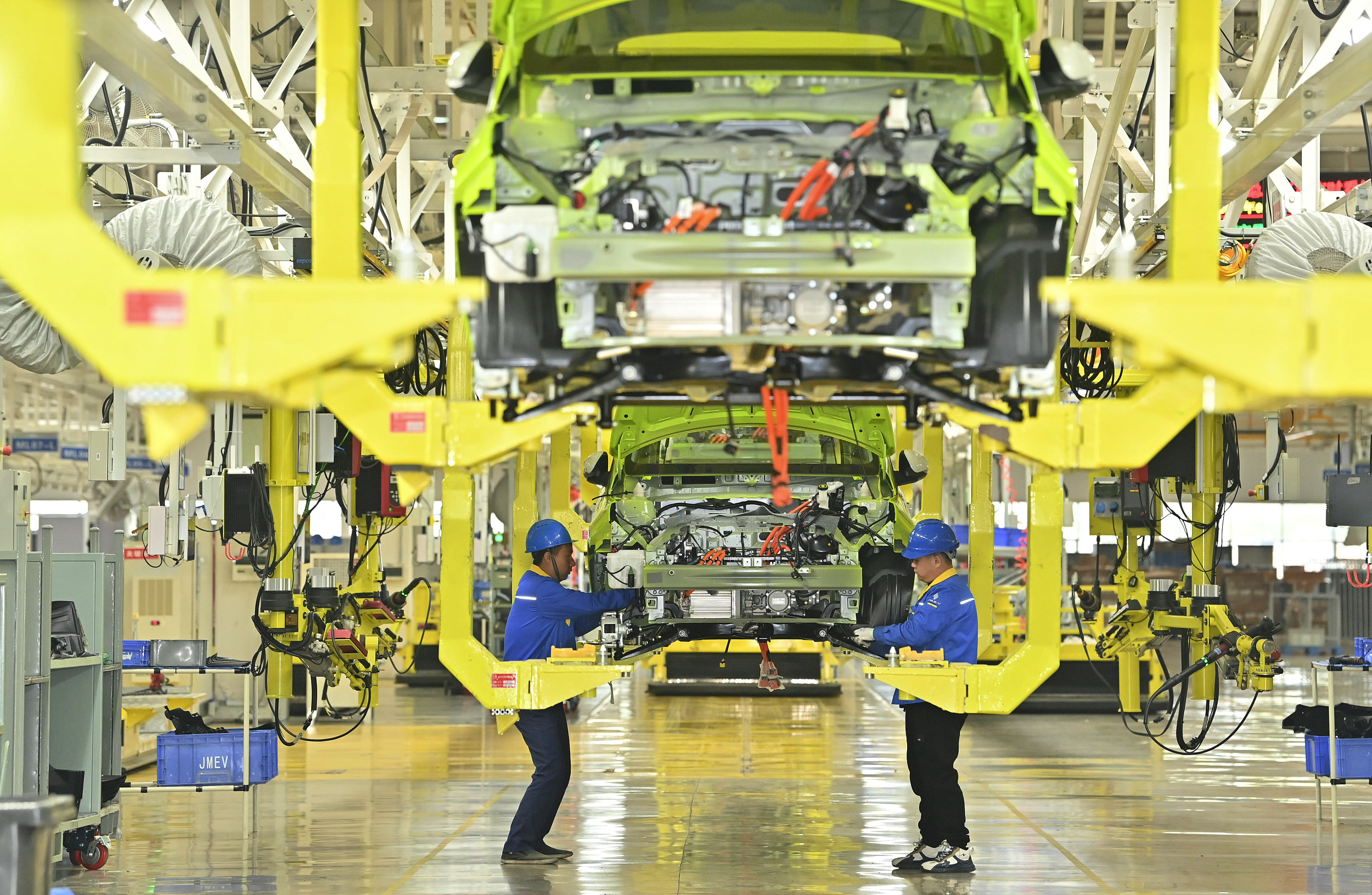Lithium-ion Batteries: A Proud of China's Emerging Industry

By Staff Reporters
Lithium-ion batteries, together with electric vehicles (EVs) and solar batteries, have been dubbed China's tech-intensive and green "new three." According to the General Administration of Customs of China, last year, their combined exports were worth over one trillion RMB, up 29.9 percent year on year. The Government Work Report on March 5 also mentioned it.
Lithium-ion batteries are crucial to power EVs and China is taking the lead in manufacturing them, a new strategic emerging industry.
Pioneering the lithium revolution
Chen Liquan, an academician of the Chinese Academy of Engineering, is known as the "father of China's lithium batteries", though he tends to downplay his role, saying, "I just did my duty."
Chen recognized the potential of solid-state lithium batteries to revolutionize the energy scenario in the future as early as in 1976, when he was sent to Germany by the Chinese Academy of Sciences (CAS) for research.
Two years later, he returned to China and founded the first solid state ionology laboratory in CAS’s Institute of Physics. Ten years later, China's first solid-state lithium battery was made there. However, it did not have short-term commercialization potential as its material system, cell design and manufacturing process were immature.
From workshop to world stage
In 1990, Japan's Sony announced the commercialization of liquid lithium-ion batteries.
"If China wants to catch up with Japan as soon as possible and achieve [a] lithium battery breakthrough, it needs to adopt a step-by-step approach tailored to [domestic] development needs," Chen told China Youth Daily.
China’s first factory was shabby with peeling walls and dimly lit rooms. Chen and his team labored to establish an experimental cylindrical battery line, which eventually produced the first cylindrical lithium-ion battery in China. In 1996, the new battery passed the experts’ appraisal with its performance reaching the advanced international level.
Building ecosystems
Zaozhuang, located in the south of Shandong province, is a city built on and prospering on coal. Today, however, Zaozhuang's focus is on cultivating the lithium electricity as a leading industry, replacing fossil energy with lithium electricity.
"Zaozhuang was originally a resource-exhausted city. But over the years, it has successfully transformed and formed a complete cluster of industrial chains around lithium," Wang Ling, a member of the National Committee of the Chinese People's Political Consultative Conference, told Science and Technology Daily.
Zaozhuang has over 100 lithium battery enterprises, an increase of nearly five times compared with 2020, forming a full-life industrial ecology cycle.
In Fujian province, about 1,200 km south of Zaozhuang, lithium battery exports are in full swing.
According to statistics from Fuzhou and Xiamen Customs, in 2023, Fujian exported lithium batteries valued at 128.75 billion RMB, an increase of 49.5 percent.
Global cooperation opportunities
The Polish Alternative Fuels Association released a report last year which states that Poland has the world's second largest lithium battery production capacity, more than the U.S., second only to China's.
Aleksander Rajch, chief expert of the association, said in an interview with Economic Information Daily that he prefers to see China as a partner rather than a competitor.
“China has huge resources of lithium and other key raw materials. In addition, China has a huge market and potential," Rajch said. "Chinese lithium batteries are entering the European market and bringing technological innovation."







